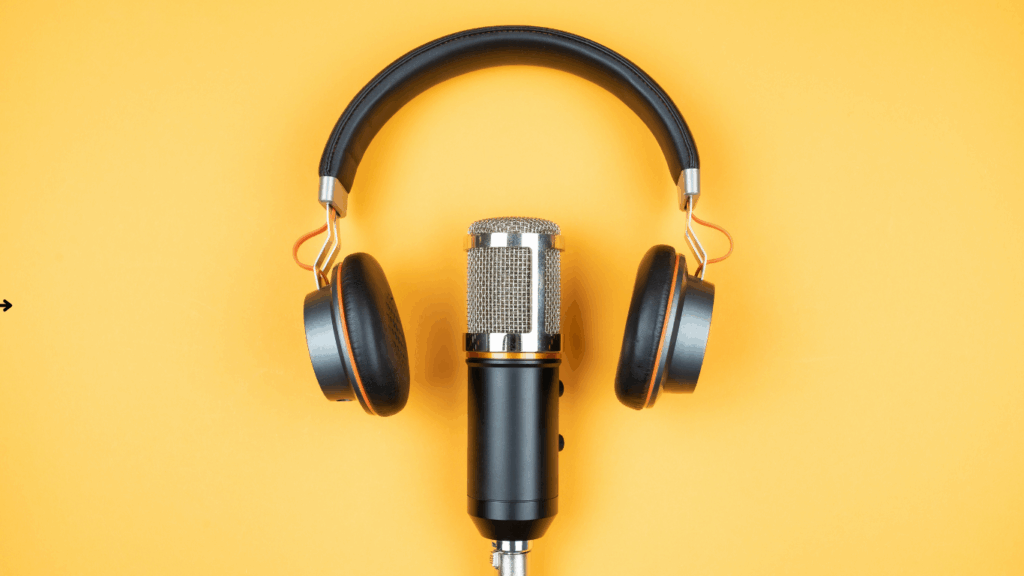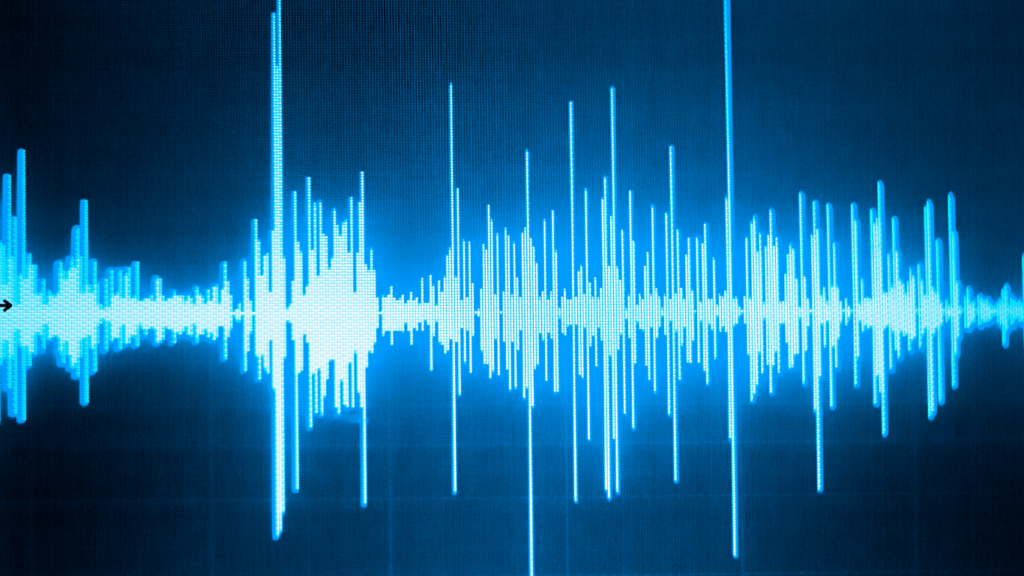Programmatic Audio: Reaching Audiences Through Podcasts and Music Streaming
In today’s always-connected world, people don’t just watch — they listen.
Whether it’s podcasts on morning commutes, playlists at the gym, or background music during work, audio content has become a constant companion.
For advertisers, this shift represents a major opportunity: reaching audiences in moments when their attention is focused but their screens are off.
This is where programmatic audio advertising comes in — bringing data-driven precision and automation to one of the oldest forms of media.
What Is Programmatic Audio Advertising?
Programmatic audio refers to the automated buying and selling of digital audio ad inventory through real-time bidding (RTB) or private marketplace deals.
This includes ad placements across:
- Music streaming services (Spotify, Deezer, SoundCloud, Pandora)
- Podcast networks
- Online radio platforms
- Voice-activated assistants and smart speakers
Instead of negotiating manually, advertisers use Demand-Side Platforms (DSPs) to target listeners based on demographics, behavior, and context — in real time.
How Programmatic Audio Works
The process is similar to other programmatic channels:
- Advertisers set up campaigns in a DSP, defining audience segments, bids, and goals.
- Audio publishers make ad slots available through SSPs or ad exchanges.
- When a user streams music or a podcast, an instant auction decides which ad will play.
- The ad plays before, during, or after the content (known as pre-roll, mid-roll, or post-roll).
All this happens in milliseconds — delivering the right message to the right listener at the right time.

The Benefits of Programmatic Audio
1. High Engagement in Screen-Free Moments
Unlike display or video ads, audio ads reach people when screens are off — during workouts, driving, or cooking — resulting in more focused attention.
2. Personalized Targeting
Advertisers can target by demographics, listening habits, location, and even mood or activity (e.g., “running playlist,” “morning podcast”).
3. Brand Safety and Premium Environments
Audio ads typically run in trusted environments like Spotify or major podcast networks, reducing the risk of ad fraud.
4. Cost Efficiency
Audio CPMs are often lower than video or CTV, making them attractive for awareness campaigns.
5. Strong Recall and Emotional Impact
Audio creates emotional connections — the human voice builds trust and memory more effectively than display ads.
Challenges in Programmatic Audio
Despite its strengths, programmatic audio comes with its own set of challenges:
1. Limited Creative Flexibility
Audio ads can’t use visuals, so they rely entirely on voice and sound design. Crafting effective messaging is key.
2. Measurement Limitations
Tracking conversions and engagement can be harder than in visual channels. Attribution models are still evolving.
3. Fragmented Platforms
Each platform (Spotify, Pandora, etc.) uses different targeting and reporting standards.
4. Ad Fatigue
Listeners can quickly tire of hearing the same ad too often — frequency control is essential.
Best Practices for Success
✅ Use Contextual Targeting: Match your message to the listener’s mood or activity.
✅ Keep Ads Short and Clear: 15–30 seconds is ideal. Get to the point fast.
✅ Invest in Voice Talent and Sound Design: A professional voice makes a huge difference.
✅ Add Companion Display Banners: Some platforms allow clickable banners to appear with audio ads.
✅ Measure Incremental Lift: Use surveys or brand studies to measure awareness and recall.
The Future of Audio Advertising

As smart speakers, podcasts, and streaming platforms continue to grow, audio advertising is poised for massive expansion.
Emerging innovations include:
- Dynamic Creative Optimization (DCO): Automatically adjusting audio messages based on listener data.
- Interactive Voice Ads: Allowing users to respond via voice commands.
- Cross-Device Attribution: Connecting audio impressions to actions taken later on mobile or desktop.
In short: audio is becoming a fully measurable, data-driven channel — and programmatic is leading the way.
Conclusion
Programmatic audio brings automation, precision, and personalization to one of the most powerful mediums: sound.
By combining smart targeting with engaging storytelling, brands can reach listeners in intimate, distraction-free environments — building awareness and loyalty that lasts.
Next up: Discover premium buying options in our article on Private Marketplaces (PMPs) in Programmatic Advertising.
“This article was written by Digital Rebel, specialists in online advertising and programmatic media buying.”
